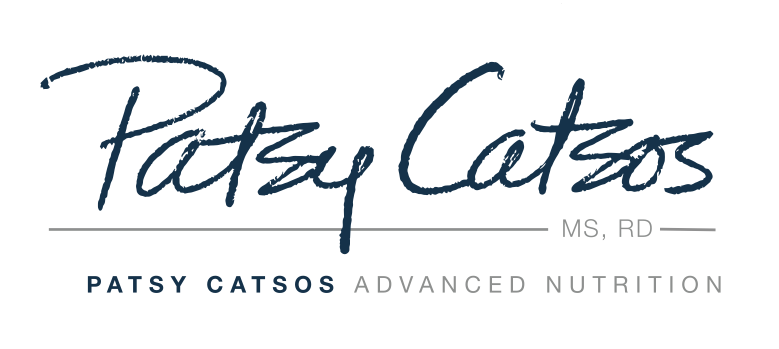Soybeans and soy products CAN be sources of oligosaccharides, especially of GOS (some fructans, too). But not all soy products are significant sources. If you know two things about fructans and GOS you will be on your way to understanding which soy foods you can include on your low-FODMAP diet.
1) Fructans and GOS are fibers. Soy foods that have less fiber have less FODMAPs.
2) Fructans and GOS are “water soluble.” This means that they leach out into the soaking or cooking water. Therefore, any processing or cooking method that involves water will reduce FODMAPs, as long as the soaking or cooking water is discarded. On the other hand, consuming the water means we are consuming all the FODMAPs.
Here is a summary of some categories that will help you navigate the details.
- Soy beans, mature or dried: Not suitable.
- Soy beans, immature, eaten as a vegetable (a.k.a. edamame): These have been laboratory tested at Monash University and are low in FODMAPs.
- Soy milk: In the US, soy milk is usually made by grinding whole soybeans and water together. We then drink the soaking water and call it soy milk. It is therefore likely to be high in FODMAPs. In Australia, soy milk made a different way, from isolated soy protein instead of whole soy beans, was measured in the lab at Monash University. That type of soy milk is considered suitable for a low-FODMAP diet. (There are a couple of US brands that are made that way and might be OK for a low-FODMAP diet, but they haven't been measured in the lab. Visit me on Pinterest to see them.)
- Soy yogurt: probably high in FODMAPs because the main ingredient is soy milk (see above).
- Soybean oil: No carbohydrates here, so no FODMAPs. Fine for the elimination phase.
- Soybean lecithin: Not a source of FODMAPs. Suitable for the elimination phase.
- Tofu block, floating in water, unseasoned: In the US, this might be called soft, firm, or extra firm tofu. This type of tofu has been measured and is low in FODMAPs. Tofu is made by coagulating soy milk, cutting it into blocks, pressing, and draining off the resulting liquid. The FODMAPs are in the liquid, which is not consumed. Suitable for the elimination phase of the diet.
- Silken tofu: This type of tofu is made by coagulating soy milk right in the retail packaging. Instead of being pressed and drained, all parts of the soy milk are ultimately consumed. This makes it unsuitable for the elimination phase of the diet.
- Soy sauce: Soy sauce has been measured in the lab and is low in FODMAPs. This probably goes for tamari sauce, too. Teriyaki sauce typically has garlic in it, so it should be avoided on the elimination phase unless it has been laboratory tested. Visit me on Pinterest.
- Soy vegetarian crumbles, nuggets, burgers, etc.: These products vary, but it is likely that they all contain fiber from the whole soybeans they are made with; in addition, most will be seasoned with onions and garlic. These are not suitable for the elimination phase of the diet.
- Soy protein powder: FODMAP status probably varies depending on how the protein powder was made. Soy protein isolate could potentially be low-FODMAP if it is very pure, but actual FODMAP status of a particular protein powder is unknown without laboratory testing, and should be avoided during the elimination phase of the diet.
Soy products that are not suitable for the elimination phase of the IBS-Free diet could be reintroduced when challenging GOS/oligosaccharides. Hope this sheds some light on soybeans!
A previous version of this article was originally published on May 18, 2014.
This page may contain affiliate links. We are a participant in the Amazon Services LLC Associates Program, an affiliate advertising program designed to provide a means for us to earn fees by linking to Amazon.com and affiliated sites.


